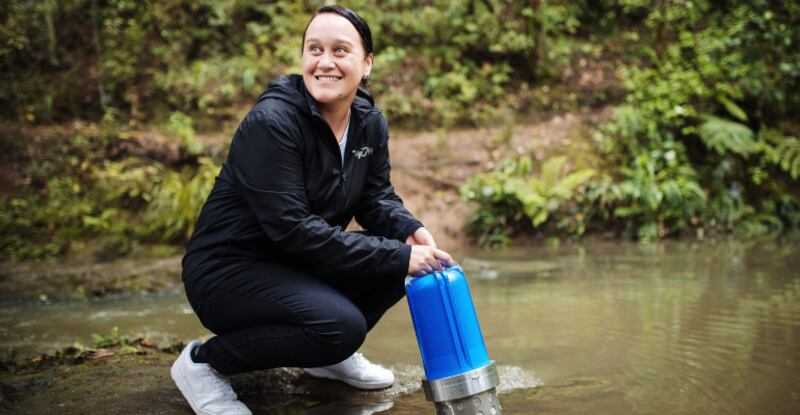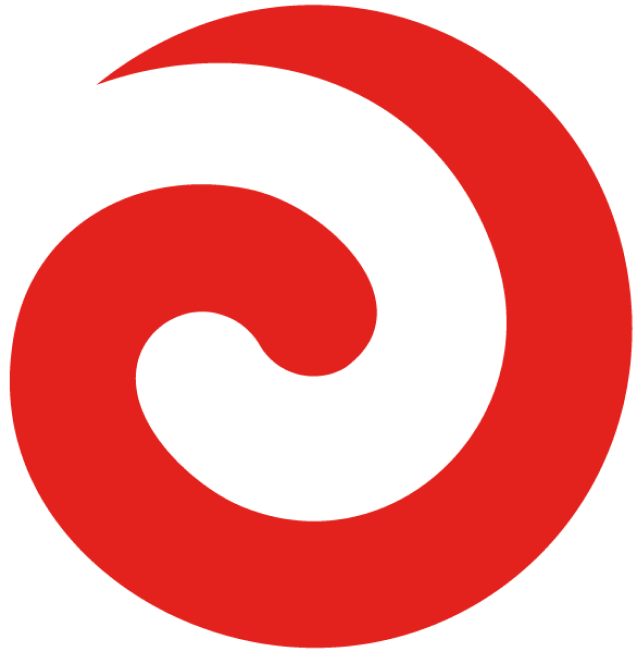A portable device capable of assessing in real-time the cleanliness of rivers has been developed.
The idea came about when research scientist Dr Leonie Jones (Ngāpuhi, Ngāti Kahungunu ki Wairarapa) was inspired by local river kaitiaki and founder of Environment River Patrol Aotearoa, Millan Ruka (Te Urioroi, Te Parawhau, Te Mahurehure).
“I develop technology...so I just knew that’s where I could fit in with the puzzle,” says Jones.
She saw how hard Ruka was working to protect his river for future generations and was determined to develop technology that could help.
“Kei au nga pukenga ki te hanga i nga mea hou ki te whakaaro ki waho i te pouaka, engari kāore au i mahi ki te taiao. Ko taku tino mahi ki te whakarongo ki nga tāngata pērā kia Millan, ki te whakaaweawe i oku ake whakaaro.”
(I have the skills to invent new things and think outside the box, but I’m not outside working with the environment. So the important part of my work is to listen to people like Millan to guide and influence my thoughts.)
Ruka says he was raised by uncles who would hunt and gather food using the river.
“I was brought up in that sort of environment, and journeyed many, many rivers across this country and around the world.”
“But when my uncle and I went to our homestead and we realised…that the river was almost red and green in parts and so stagnant - and we could smell the cattle, urine - and knew it [the river] was toxic.”
“I embarked going way up the river and I found that the river was a cesspit, really a ditch with cattle everywhere. So that’s how my mahi started and [I] started reporting from that day on.”
Jones says the water quality diagnostic device was designed with non-scientists in mind and can be deployed in rivers and creeks for periods of 100 days without the need for maintenance or calibration.
It uses purpose-developed electrochemical sensors, microfluidics and electronics to assess in real-time the cleanliness of the river.
“The harsh reality is that, even though that more than two-thirds of our rivers are unsafe for swimming, we still swim in them. And a lot of people still drink from them and gather kai from them. And so having them in this dirty state, it’s not good enough. And, you know, how does that align with our clean green image for New Zealand? It doesn’t.”
Jones’ ambitious goal for this technology is to have “one placed in the river every kilometre, measuring every hour.”
“If we can get that kind of frequency of readings of the data set, of that kind of deployment, would be immense. And we could really change the way we interact with rivers and really change the way we manage the use of land. And minimalise the negative effect on the rivers and waters,” says Jones.
Ruka agrees and says, “it is time for Māori to have their participation and this is a great invention, idea to deploy nationwide. We all need to get on board. he waka eke noa. we are all on this together.”



